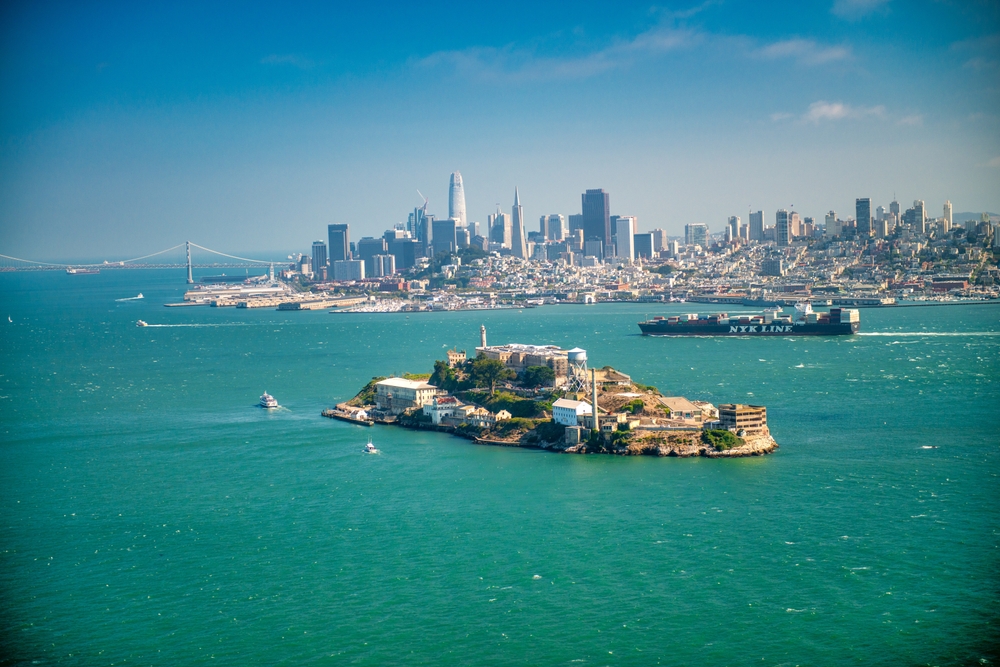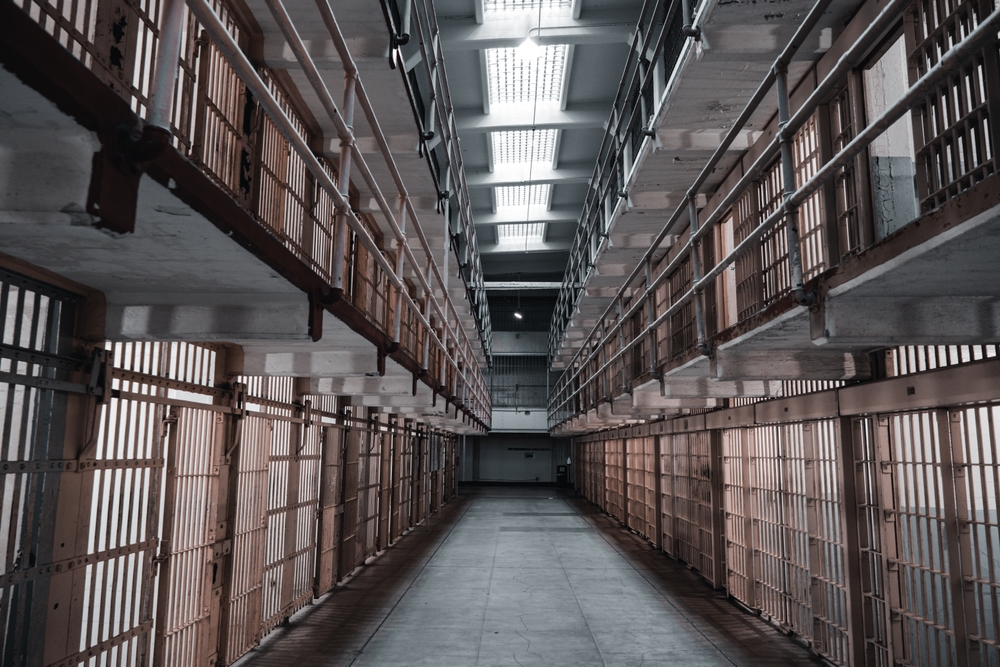Fortress Alcatraz Debacle
As of July 2025, the proposal to resurrect Aligator Alcatraz—rebranded by the Trump administration as “Fortress Alcatraz”—has ignited a maelstrom of criticism. This $2.3 billion rebuild plan not only threatens to bankrupt public coffers but also conjures a grim vision of mass detention on a hurricane‑battered island. Rather than a deterrent, critics warn that Fortress Alcatraz could become a brutal symbol of state power run amok, a place where due process and human dignity vanish behind storm‑proof walls.
The Eye‑Popping $2.3 Billion Price Tag
According to a July 2025 Reuters analysis, the projected $2.3 billion rebuild cost is nearly triple Alcatraz’s original 1963 price when adjusted for inflation . Yet this figure may be wildly optimistic. Experts in marine construction caution that storm‑ravaged foundations require far more than seismic retrofits and corrosion‑resistant steel. Just one category‑4 hurricane could erase months of work and tens of millions in materials.
-
Structural Reinforcement ($800 million): The prison’s seawalls and cell blocks have been hollowed out by decades of saltwater. Full demolition and replacement, not mere patchwork, are the only safe options on such an exposed rock.
-
High‑Security Technology ($600 million): Autonomous drones, AI surveillance towers, and biometric locks carry exorbitant maintenance and upgrade costs. Past public‑sector procurements of similar systems have overrun by 30 percent or more.
-
Logistics & Access ($400 million): A fortified ferry terminal and helipad are essential—but constructing them on a crumbling pier adds engineering uncertainty and legal hurdles under marine‑conservation laws.
-
Support Infrastructure ($300 million): Housing for 1,200 staff, medical facilities, and rehabilitative spaces must be built from scratch, on shifting foundations, in one of America’s most hostile marine environments.
Annual operating expenses, estimated at $250 million per year, will further strain state and federal budgets—funds that could otherwise support schools, hospitals, or hurricane relief for coastal communities .
A Public‑Private Partnership Bound to Fail
Trump’s pitch rests on a $1 billion infrastructure bond sale and the privatization of services like food and healthcare. But Moody’s Investors Service immediately slapped that bond with a B‑ rating, warning of “unacceptable political risk” and unreliable revenue projections .
Experience shows that privatized prisons frequently cut corners on inmate care and employee training to protect profit margins. In the words of one corrections consultant, “When you privatize human lives, you risk turning rehabilitation into a balance‑sheet footnote.”

Alcatraz Island
Global Outrage and Reputational Ruin
Internationally, Fortress Alcatraz is derided as “Guantánamo 2.0”. Human rights groups have mobilized protests in London, Berlin, and Sydney, demanding an end to what they call “island incarceration for the undesirables” .
Tourism operators in San Francisco report a 15 percent decline in Alcatraz visits, fearing association with a regime of mass detention (California Tourism Board, July 2025). The ripple effect threatens local hotels, restaurants, and ferry services—once buoyed by fascination, now recoiling in horror.
Related: Selective Sympathy: Trump’s Immigration Bias Laid Bare
Related: "Win a Visa or Go Home": Trump Admin Greenlights Immigration Game Show
Taxpayers Left Holding the Bag
Despite grand promises of private financing, 68 percent of rebuilding costs—about $1.6 billion—will come from federal and state budgets, according to a June 2025 Congressional Budget Office report .
California lawmakers warn this project could consume funding meant for bridge repairs and rural broadband expansion. One state official grimly observed, “We’re trading dorm rooms and daycare centers for razor‑wire fantasies.”
Conclusion
Fortress Alcatraz stands less as a bulwark of security than as a monument to fiscal folly and human rights neglect. Its $2.3 billion price tag, dubious revenue model, and stark vision of mass incarceration reveal a project unmoored from both ethical governance and sound finance. As this scheme lurches forward, it leaves behind a trail of taxpayer debt, a sullied global image, and the specter of an island prison where due process and compassion evaporate in the fog.
For business leaders and policymakers, the warning is clear: megaprojects must serve the public good, not political vanity—and rebuilding an “Alcatraz for the 21st century” fails that test on every front.














